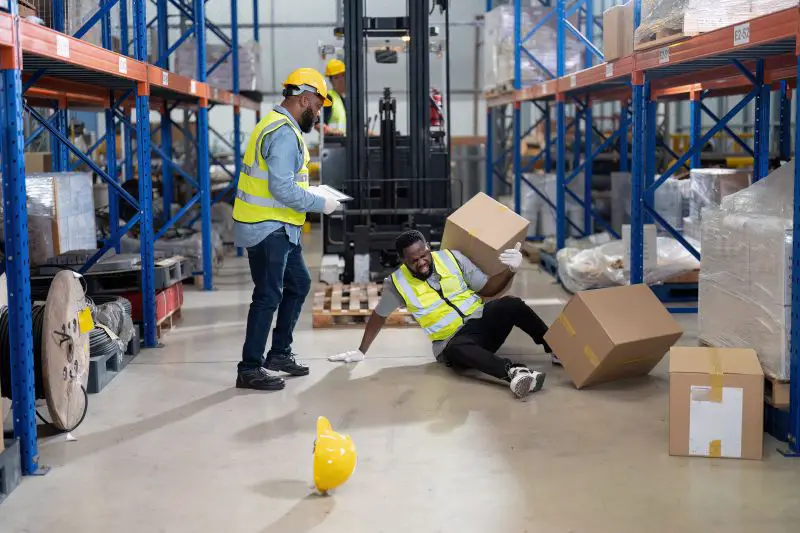Click here to get this post in PDF

When you slip and fall, documenting your injuries becomes crucial. This simple step can protect your health and rights. First, seek medical help. It ensures your well-being and creates a record of your injuries. Next, photograph your injuries and the scene where you fell. Clear pictures provide undeniable evidence of what happened. Write down every detail you remember. Include the time, place, and any weather conditions. These specifics strengthen your case. Talk to witnesses and collect their contact information. Their statements might support your claims. Also, keep all medical records, bills, and any communication related to your fall. These documents are essential for proving your case. Finally, contact a Lansdale ice and snow injury attorney. They understand the challenges you face and can guide you through legal processes. Remember, your careful documentation can make a significant difference in protecting your rights and ensuring you receive the support you deserve.
Documenting Your Injuries
Immediately after a fall, your priority is your health. Seeking prompt medical attention is vital. Medical professionals will assess your condition and treat any injuries. They provide medical records that serve as crucial documentation of your injuries.
Photographs are powerful evidence. Use your phone to capture images of your injuries, the clothes you wore, and the exact spot of your fall. These photos help establish the condition that led to your accident.
Recording the Details
Note every aspect of the incident. Write down the time, date, and location. Describe the surface conditions, such as wet floors or icy patches. This information builds a clearer picture of why the fall occurred.
Witnesses can strengthen your case. Collect names and contact information from anyone who saw the fall. Their unbiased accounts add credibility when recounting events.
Keeping Records
Medical records and bills are essential in documenting your recovery journey. They show the extent of your injuries and the costs involved. Keep a file of all paperwork related to your treatment.
Maintain a detailed log of communication with insurance companies or property owners. Record the dates, times, and content of these interactions. This information can clarify misunderstandings about what was said or promised.
How an Attorney Can Help
Legal advice is often necessary after a slip and fall. An attorney familiar with slip and fall cases, like a Lansdale ice and snow injury attorney, can guide you through complex legal procedures. They ensure your rights are protected and help you understand the claims process.
Understanding the Importance of Documentation
Proper documentation can be crucial in a personal injury claim. It supports your account of the incident and provides a basis for any legal actions. The following table outlines the types of evidence that can support your claims:
| Type of Evidence | Description |
| Photographs | Visual proof of injuries, clothing, and accident scene |
| Medical Records | Documents of medical evaluations and treatments |
| Witness Statements | Accounts from individuals who observed the incident |
| Communication Logs | Details of interactions with insurers or property owners |
Final Steps
Following a slip and fall, take immediate action. Document everything as soon as possible. The clearer you are in your records, the stronger your case will be. Remember, consistency in documentation can be the key to a successful claim.
Understand that dealing with the aftermath of a fall can be stressful. But by organizing your information correctly, you can navigate this process with confidence. Protect your rights and ensure you get the help you deserve.
For further information on what to do after a slip and fall, visit CDC’s guide on fall prevention. Being informed can make a significant difference in handling such incidents effectively.
Also read:
Preventing the Fall: Innovative Strategies for Businesses to Mitigate Slip and Fall Risks
Image source: elements.envato.com
